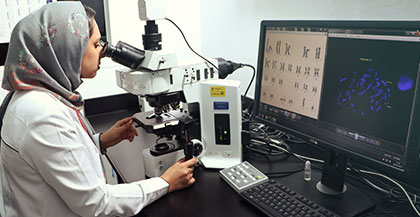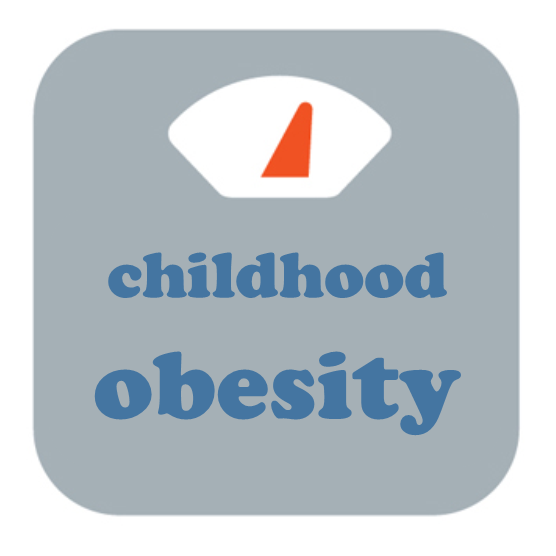University of Saint Joseph School of Pharmacy Reaches to United Arab Emirates for New Academic Partnership
/Earlier this decade, the University of Saint Joseph (USJ) took the bold steps of not only launching a Pharmacy doctoral program, but doing so in Downtown Hartford, developing a cutting-edge campus and curriculum above what was once the Hartford Civic Center mall.
The program is thriving, driven in part by an innovative, modified-block curriculum that stresses experiential education throughout the three year program. Now, USJ is extending the Pharm.D.degree program connections beyond the United States.
The university has signed a letter of agreement to form a partnership with the College of Pharmacy at Gulf Medical University in the United Arab Emirates. The affiliation between the two schools includes inviting faculty and staff of the partner institution to participate in a variety of teaching, research, scholarship activities, and professional development. In addition, pharmacy students and postdoctoral students from both schools will participate in exchange programs for periods of study, research, and scholarship.
A signing ceremony, was held recently at USJ’s West Hartford campus, led by University of Saint Joseph President Rhona Free, Ph.D., and Dean of its School of Pharmacy Joseph Ofosu, Pharm.D., R.Ph., with Gulf Medical University Chancellor, Professor Hossam Hamdy.
“We are thrilled to create this partnership for the benefit of our respective students, faculty, and communities,” said President Free. “We look forward to a mutually beneficial experience for the Gulf Medical University’s College of Pharmacy and our School of Pharmacy located in downtown Hartford.”
The two institutions will carry out joint research and continuing education programs, and the schools will also organize symposia, conferences, short courses, and meetings on their research and scholarship issues.
Gulf Medical University’s planned Innovation and Research Centre will be the first of its kind in the region and will have devoted state-of-the-art innovation and incubation laboratories that are to include pharma product development, according to the university’s website. The Center aims to foster collaborations and partnerships with international institutions, universities, research labs, pharma companies and the healthcare industry.
Gulf Medical University (GMU), established in 1998, is a leading medical university in the Gulf region, located in Ajman, U.A.E. The campus is in the new Ajman metropolitan area, close to international airports in Dubai and Sharjah.
The USJ School of Pharmacy has an Open House scheduled for November 28, 6-8 p.m., at the school’s Hartford campus, 229 Trumbull Street.
https://youtu.be/p2W-ISsxqPM



 The mission of the Jordan Porco Foundation, a 501(c) (3) public charity, is to prevent suicide, promote mental health, and create a message of hope for young adults. They accomplish this by providing engaging and uplifting peer-run programs. Their programs strive to start a conversation about mental health that reduces stigma while encouraging help-seeking and supportive behaviors.
The mission of the Jordan Porco Foundation, a 501(c) (3) public charity, is to prevent suicide, promote mental health, and create a message of hope for young adults. They accomplish this by providing engaging and uplifting peer-run programs. Their programs strive to start a conversation about mental health that reduces stigma while encouraging help-seeking and supportive behaviors.



 A synthetic turf study was undertaken in 2016 by four United States agencies — EPA, Consumer Products Safety Commission, the Centers for Disease Control and Prevention/Agency for Toxic Substances and Disease Registry — which has yet to be finalized.
A synthetic turf study was undertaken in 2016 by four United States agencies — EPA, Consumer Products Safety Commission, the Centers for Disease Control and Prevention/Agency for Toxic Substances and Disease Registry — which has yet to be finalized. Blumenthal first became concerned about the artificial surface when his children were playing on the crumb-rubber athletic fields. “I became concerned as a parent, as much as a public official, ten years ago, and at first was somewhat skeptical, but now very firmly believe that we need an authoritative, real study about what’s in these fields,” Blumenthal told ABC News two years ago.
Blumenthal first became concerned about the artificial surface when his children were playing on the crumb-rubber athletic fields. “I became concerned as a parent, as much as a public official, ten years ago, and at first was somewhat skeptical, but now very firmly believe that we need an authoritative, real study about what’s in these fields,” Blumenthal told ABC News two years ago.




 Food and beverage companies often target marketing for nutrient-poor products such as candy, sugary drinks, snack foods, and fast-food restaurants to Hispanic audiences, including youth, the researchers state. They cite previous research that has documented disproportionate exposure to unhealthy food marketing by Hispanic youth in their communities and on TV, but theirs is the first examination of the phenomenon on the internet.
Food and beverage companies often target marketing for nutrient-poor products such as candy, sugary drinks, snack foods, and fast-food restaurants to Hispanic audiences, including youth, the researchers state. They cite previous research that has documented disproportionate exposure to unhealthy food marketing by Hispanic youth in their communities and on TV, but theirs is the first examination of the phenomenon on the internet. g vulnerable populations,” according to the publication’s website, “with the goal of providing optimal outcomes and ultimately health equity for all.” The journal intends to provide coverage ranging from translational research to prevention, diagnosis, treatment, and management of disease and illness, in order to serve as a primary resource for organizations and individuals who serve these populations at the community, state, regional, tribal, and national levels.
g vulnerable populations,” according to the publication’s website, “with the goal of providing optimal outcomes and ultimately health equity for all.” The journal intends to provide coverage ranging from translational research to prevention, diagnosis, treatment, and management of disease and illness, in order to serve as a primary resource for organizations and individuals who serve these populations at the community, state, regional, tribal, and national levels.
 There are a series of steps that your body goes through to develop immunity through vaccination, the
There are a series of steps that your body goes through to develop immunity through vaccination, the 


 In Stamford, CHDI assisted in training school social workers and psychologists to deliver
In Stamford, CHDI assisted in training school social workers and psychologists to deliver 




























